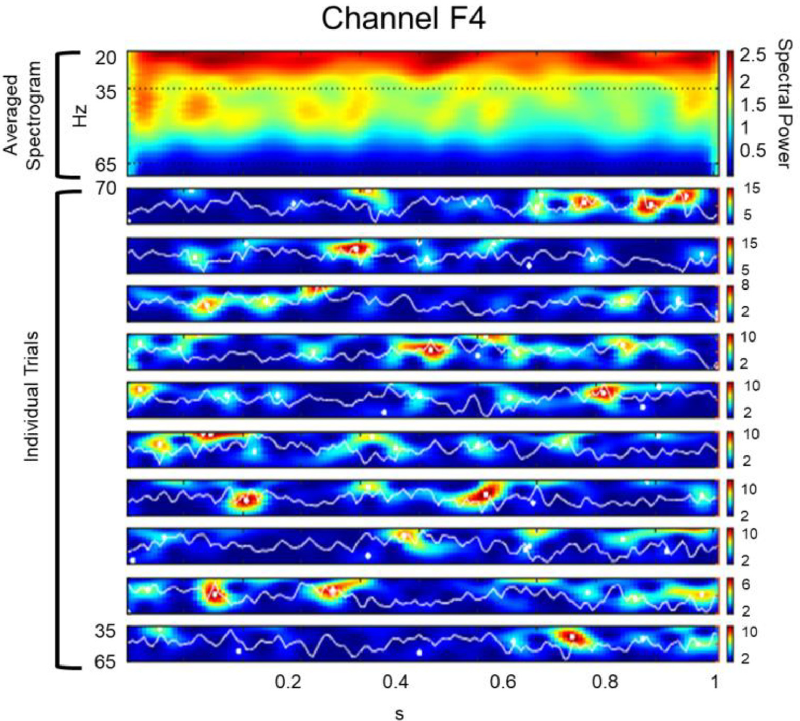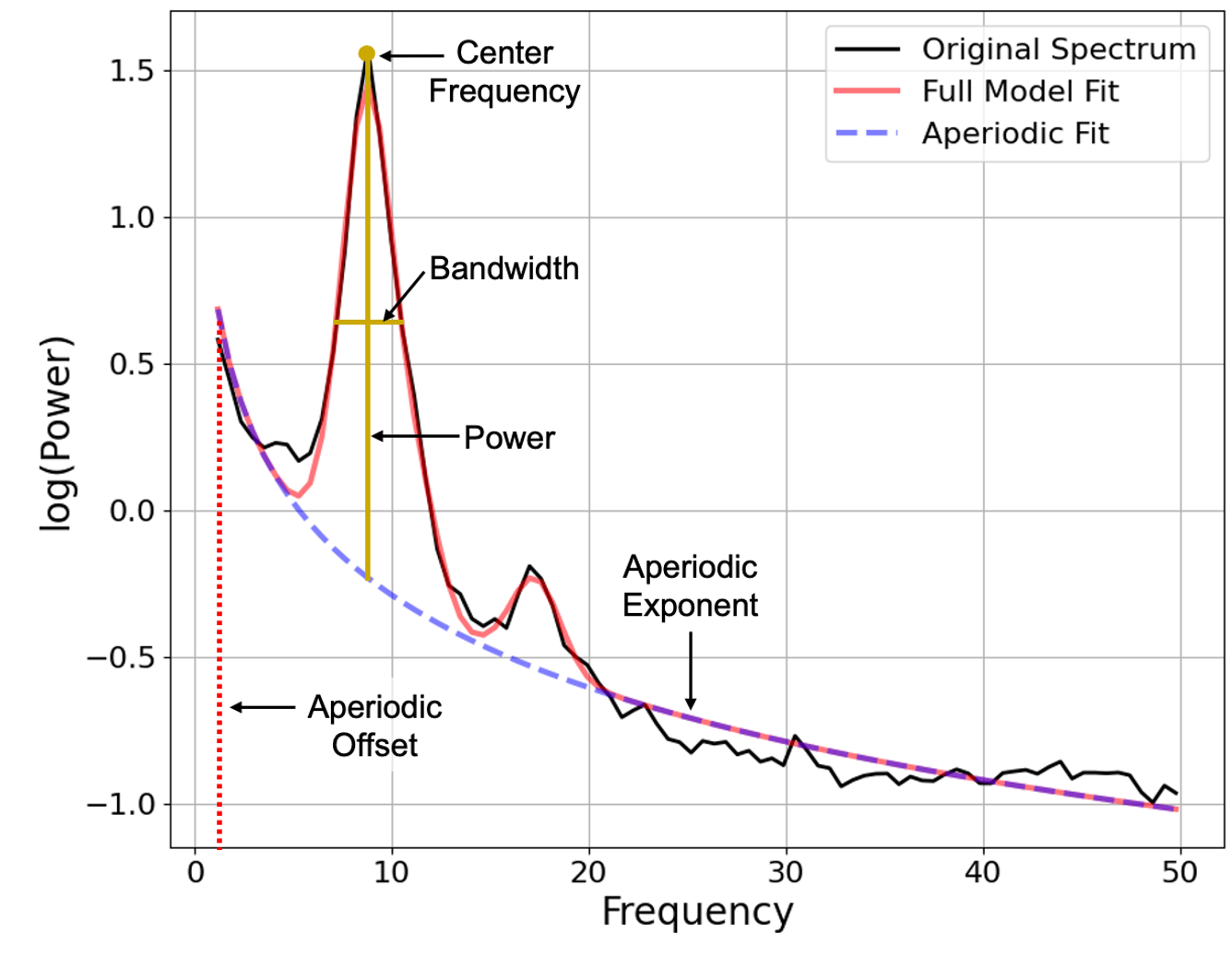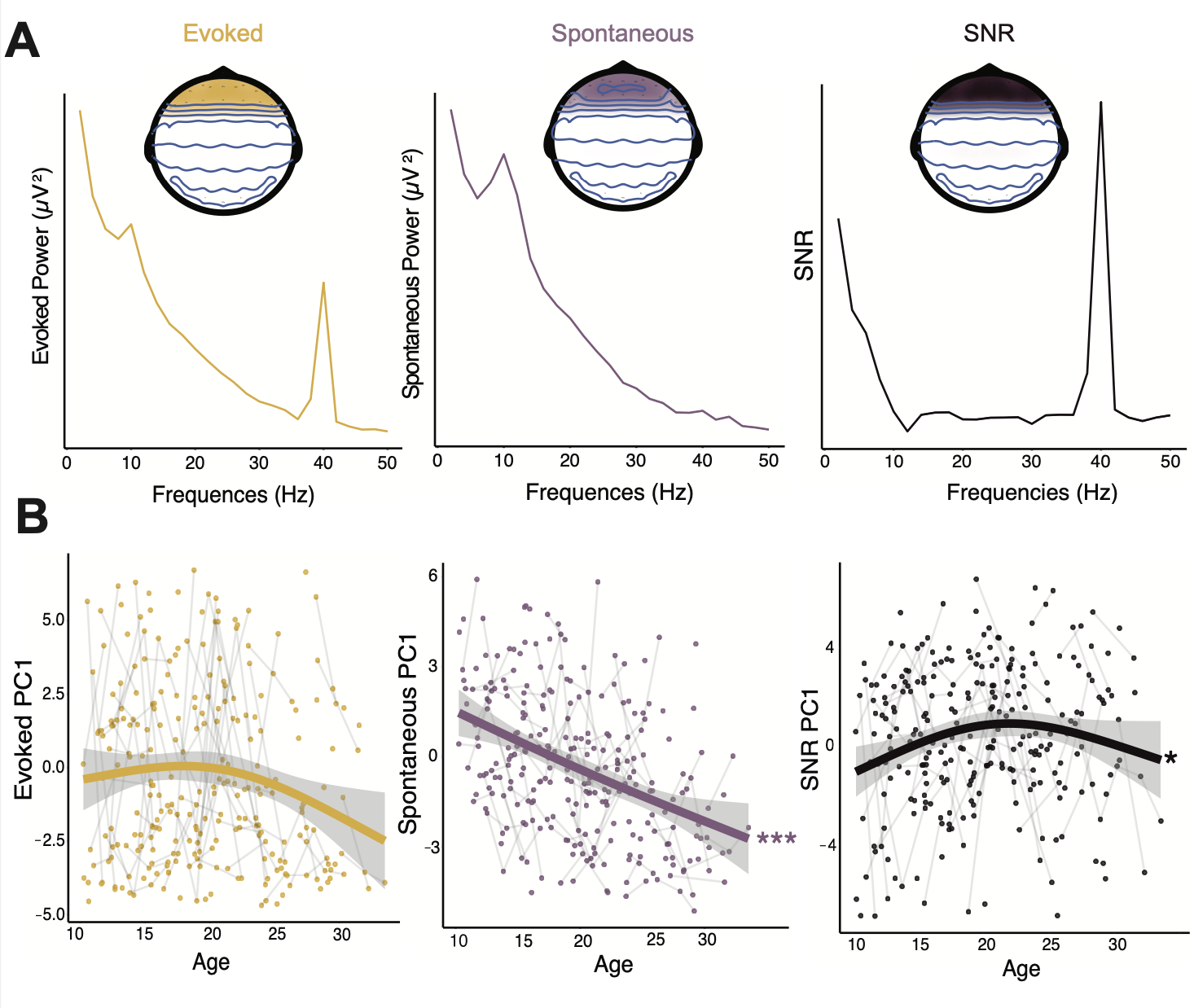Published in Progress in Neurobiology, 2024
The development and refinement of neuronal circuitry allow for stabilized and efficient neural recruitment, supporting adult-like behavioral performance. During adolescence, the maturation of PFC is proposed to be a critical period (CP) for executive function, driven by a break in balance between glutamatergic excitation and GABAergic inhibition (E/I) neurotransmission. During CPs, cortical circuitry fine-tunes to improve information processing and reliable responses to stimuli, shifting from spontaneous to evoked activity, enhancing the SNR, and promoting neural synchronization. Our findings reveal age-related shifts in glutamate and GABA balance, which enhance cortical signal-to-noise ratio (SNR) and neural synchronization during cognitive tasks. These changes align with improvements in working memory, highlighting critical period plasticity in the PFC. This work sheds light on how stabilized circuitry supports efficient neural recruitment for adult-like behavior.
Recommended citation: McKeon, S.D. et al. Prefrontal Excitation/ Inhibition Balance Supports Adolescent Enhancements in Circuit Signal to Noise Ratio. Progress in Neurobiology. 2024. https://doi.org/10.1016/j.pneurobio.2024.102695. https://www.sciencedirect.com/science/article/pii/S030100822400131X#ab0010




